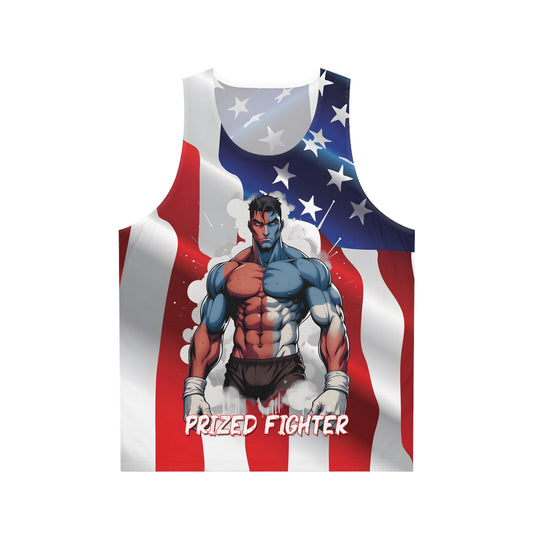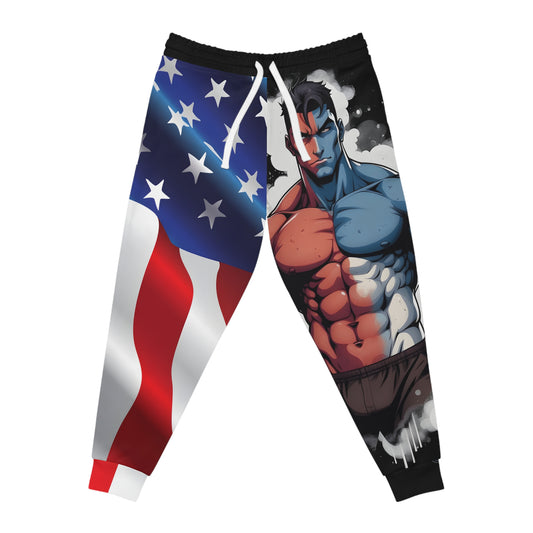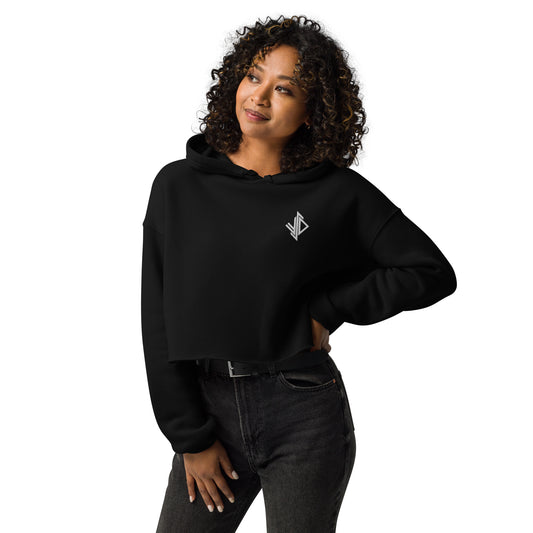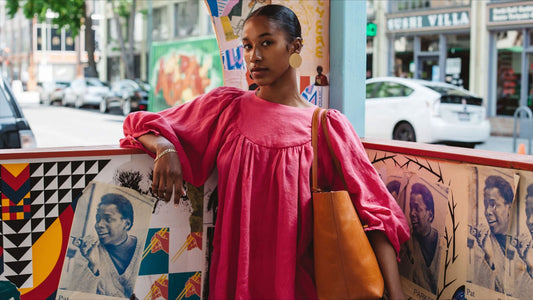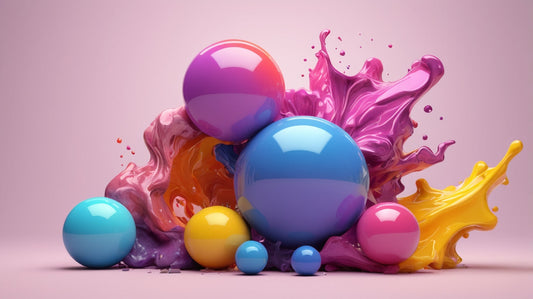
Modern vs. Traditional Goth: The Evolution
The goth subculture is one of the most enduring and visually striking movements to emerge from the post-punk scene of the late 1970s and early 1980s. Rooted in music, fashion, and a distinct philosophical outlook, goth has continuously evolved while maintaining its core identity. Today, the subculture exists in two dominant forms: traditional goth, which stays true to its origins, and modern goth, which incorporates contemporary influences while keeping the dark aesthetic alive.
This article explores the key differences between modern and traditional goth, covering their music, fashion, ideologies, and cultural impact. Whether you're a longtime goth, a newcomer to the scene, or simply curious about the subculture, understanding these distinctions helps appreciate how goth has adapted—and thrived—over decades.
We'll also discuss whether these two styles can coexist, how to blend elements from both, and where the subculture might be heading next.
Traditional Goth: The Origins of Darkness

The Birth of a Subculture
Traditional goth (often called "trad goth" or "old-school goth") emerged alongside post-punk music in the late 1970s. Bands like Bauhaus, Siouxsie and the Banshees, The Cure, and Joy Division laid the foundation with haunting vocals, reverb-heavy guitars, and introspective lyrics.
- Deathrock, a darker, punk-influenced offshoot, also played a major role (e.g., Christian Death, 45 Grave).
- Early goth clubs were underground havens where fans dressed dramatically to match the music’s mood.
Fashion: Romantic, Dramatic, and DIY
Traditional goth fashion drew inspiration from:
- Victorian and Edwardian styles (high collars, lace, corsets).
- Horror and film noir (pale skin, dark lips, smoky eyes).
- Punk influences (ripped fishnets, leather, studs).
Key elements included:
- Big, backcombed hair (think Robert Smith of The Cure).
- Religious and occult imagery (ankhs, crosses, pentagrams).
- Thrifted and handmade clothing (DIY was essential due to limited commercial options).
Philosophy and Lifestyle
- Emphasis on melancholy, romanticism, and introspection.
- Strong ties to literature (Poe, Baudelaire, Gothic novels).
- A tight-knit, underground community centered around clubs and zines.
Modern Goth: The New Wave of Darkness

The Evolution of Goth Music
While traditional goth was guitar-driven, modern goth embraces:
- Darkwave and synthpop (She Past Away, Drab Majesty).
- Witch house and industrial (Crystal Castles, HEALTH).
- Goth-adjacent genres (ethereal wave, neofolk).
Streaming platforms and digital production have allowed modern goth music to reach wider audiences.
Fashion: From Nu-Goth to E-Goth
Modern goth fashion is more diverse, borrowing from:
- Nu-Goth: Minimalist, monochrome, streetwear-inspired (think black wide-leg pants and chokers).
- Pastel Goth: Soft colors mixed with macabre motifs.
- Techwear Goth: Futuristic, cyberpunk-inspired looks.
- E-Goth: Internet-driven aesthetics (TikTok, Instagram aesthetics).
Brands like Killstar, Disturbia, and Dolls Kill cater to modern goth fashion, making it more accessible than ever.
Philosophy and Community
- More inclusive and fluid (blending with other alt subcultures).
- Online communities (Reddit’s r/goth, Discord servers, TikTok trends).
- Less emphasis on strict music adherence—some modern "goths" prioritize aesthetics over subculture roots.

Key Differences Between Traditional and Modern Goth
| Aspect | Traditional Goth | Modern Goth |
|---|---|---|
| Music | Post-punk, deathrock | Darkwave, electronic, hybrid genres |
| Fashion | Victorian, DIY, dramatic | Minimalist, eclectic, fast fashion |
| Community | Local clubs, print zines | Online forums, social media |
| Accessibility | Underground, niche | Mainstream-friendly brands |
| Philosophy | Music-first, subcultural purity | Aesthetic-first, fluid identity |
Can They Coexist?
- Many older goths appreciate modern interpretations but criticize "aesthetic-only" goths.
- Younger goths often blend styles, creating new hybrids (e.g., "corporate goth" for office wear).
- Retro nights in clubs keep traditional goth alive, while digital spaces push modern trends.
How to Blend Traditional and Modern Goth
Fusion Outfit Ideas
- Pair a vintage band shirt with modern techwear pants.
- Mix Victorian lace gloves with a pastel goth skirt.
- Combine classic leather boots with e-goth makeup (e.g., graphic eyeliner).
Music Playlist Hybrid
- Balance Bauhaus with modern darkwave.
- Explore witch house remixes of classic goth songs.
Where to Shop
- Traditional: Tripp NYC, Vampire Freaks, thrift stores.
- Modern: Killstar, Foxblood, DIY Etsy creators.
The Future of Goth
- Sustainability: A shift toward thrifting and upcycling in response to fast fashion.
- Digital Evolution: VR goth clubs, AI-generated darkwave music.
- Inclusivity: More diversity in race, gender, and body representation.

Conclusion
Goth is a living subculture that honors its past while embracing change. Whether you prefer traditional goth’s romantic darkness or modern goth’s eclectic innovation, both styles contribute to the scene’s richness.
Check out The Ultimate Guide to Goth Fashion Clothing: History, Styles & How to Wear It
What’s your goth style? Share your favorite looks in the comments!

